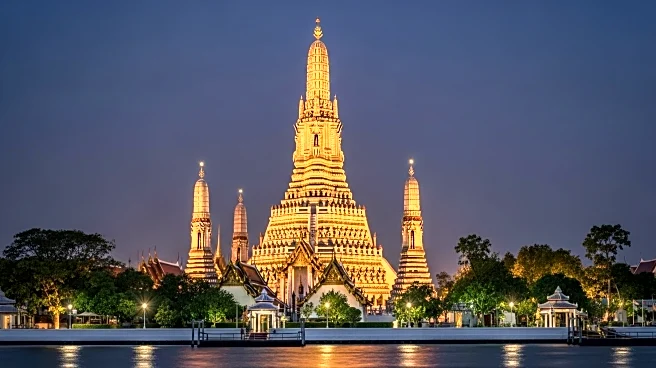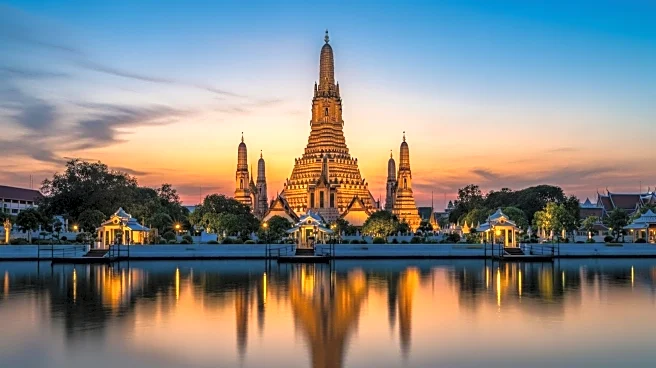Wat Arun, the Temple of Dawn, stands as a testament to the leadership and vision that shaped its historical renovations. Located in Bangkok, Thailand, this Buddhist temple is renowned for its architectural beauty and cultural significance. The temple's history is marked by key leadership decisions that have preserved its grandeur and ensured its continued relevance in Thai society.
Leadership Context
The leadership context surrounding Wat Arun's renovations is rooted in the historical transition of Thailand's capital. Following the fall of Ayutthaya, King Taksin the Great established Thonburi as the new capital and undertook the renovation of Wat Arun. This decision was driven by the need to restore religious sites and reinforce cultural identity during a period of political change. The temple's renovation under King Taksin's leadership marked a significant moment in its history, reflecting the importance of strategic leadership in cultural preservation.
Decisions and Strategies
King Taksin's decision to renovate Wat Arun involved strategic planning and resource allocation. The renovation focused on restoring the temple's architectural features, including its central prang, which required skilled craftsmanship and artistic expertise. The use of colorful porcelain and intricate designs in the renovation process highlighted the strategic emphasis on aesthetic appeal and cultural symbolism. These decisions ensured that Wat Arun remained a prominent religious site and cultural landmark.
Outcomes and Accountability
The outcomes of Wat Arun's renovations under King Taksin's leadership were profound. The temple's restored grandeur attracted visitors and reinforced its status as a key religious site in Thonburi. The successful renovation demonstrated accountability in preserving cultural heritage and maintaining the temple's significance in Thai society. The leadership decisions made during this period have had lasting impacts, ensuring Wat Arun's continued relevance and prominence.
Lessons for U.S. Audiences
For U.S. audiences, the leadership behind Wat Arun's renovations offers valuable lessons in cultural preservation and strategic planning. The temple's history underscores the importance of visionary leadership in maintaining cultural landmarks and fostering national identity. The successful renovation of Wat Arun serves as an example of how strategic decisions can preserve historical sites and promote cultural tourism, offering insights into the role of leadership in cultural heritage management.
 Discover Daily • 9 min read
Discover Daily • 9 min read 









